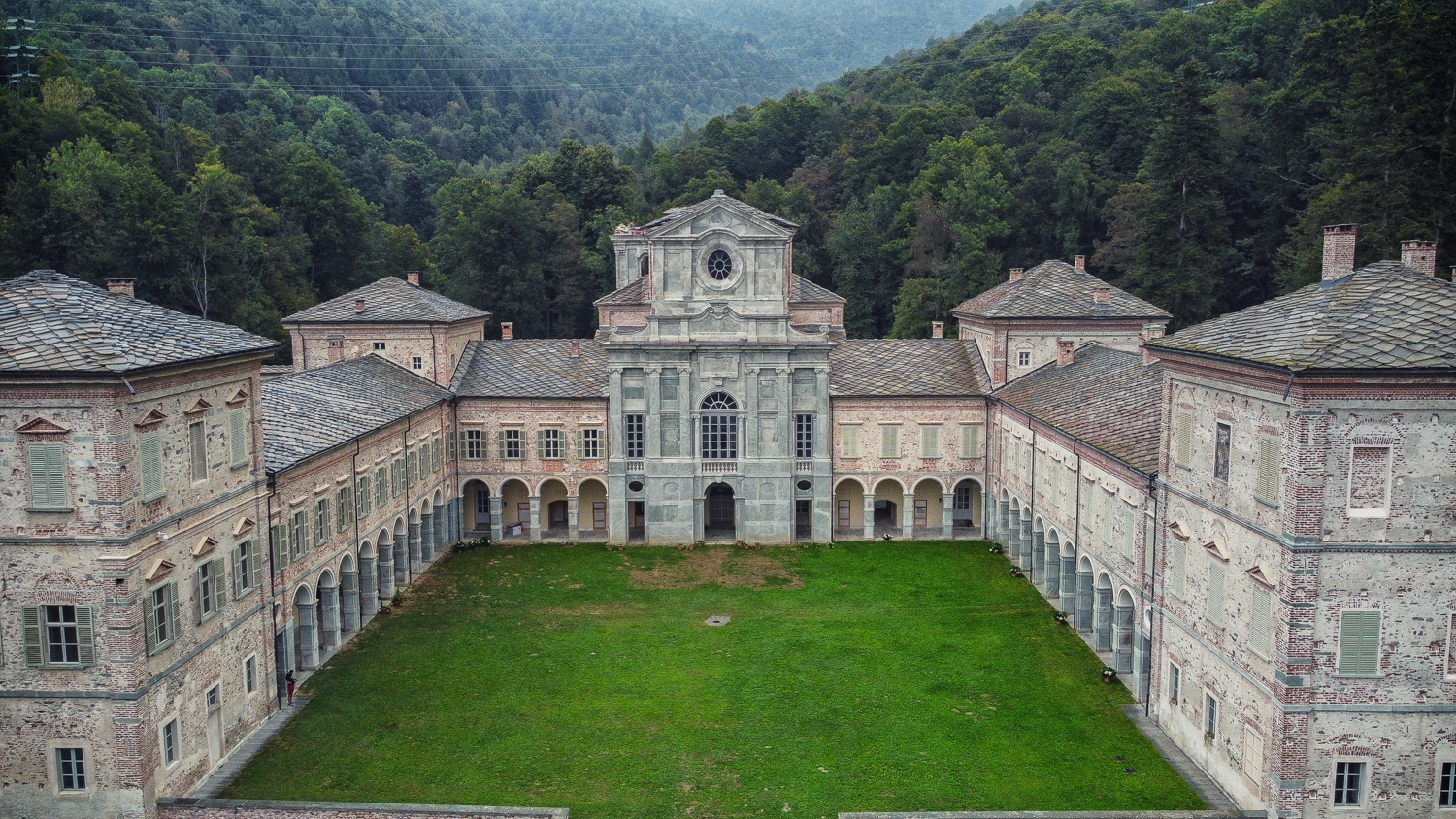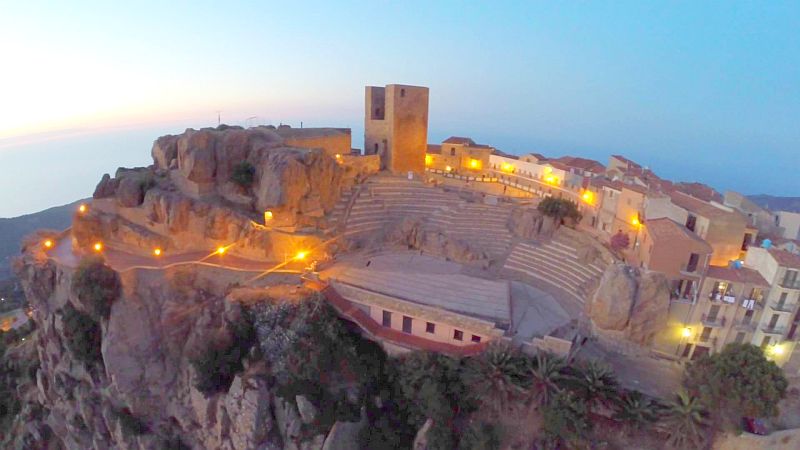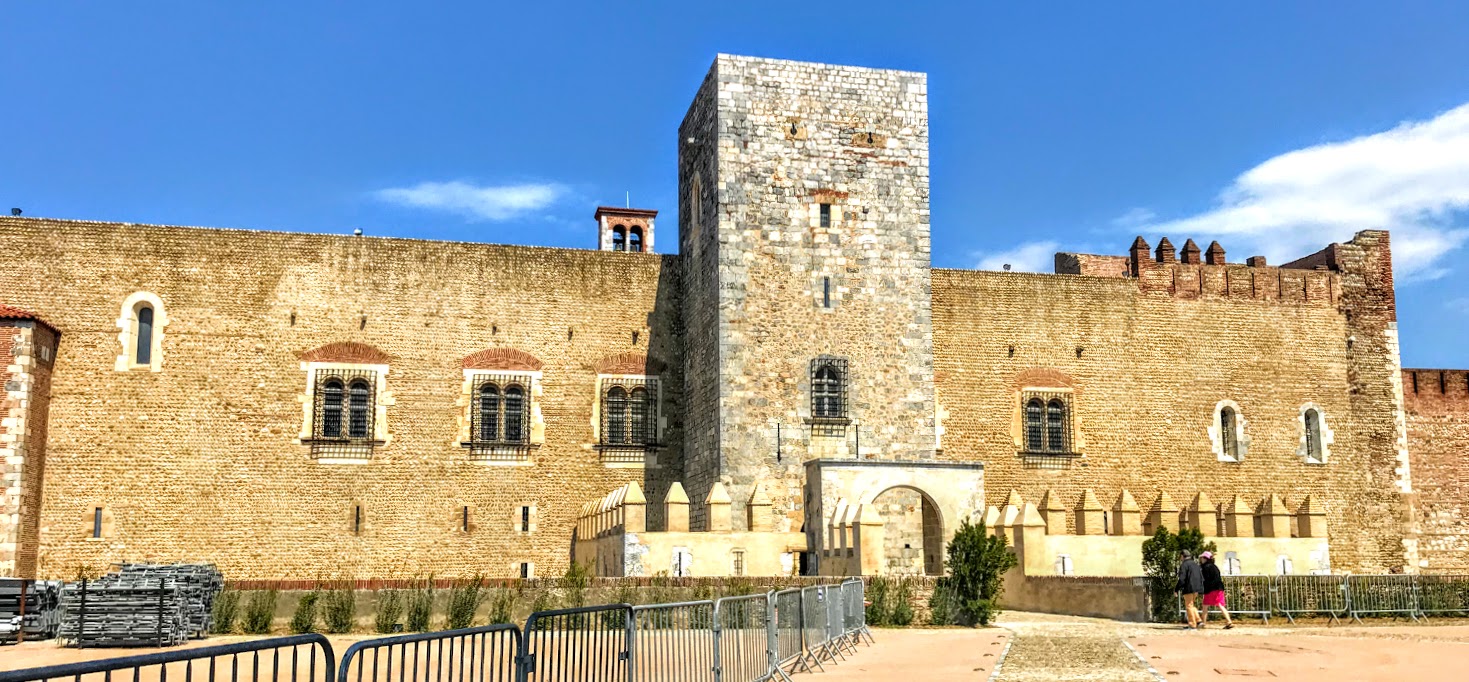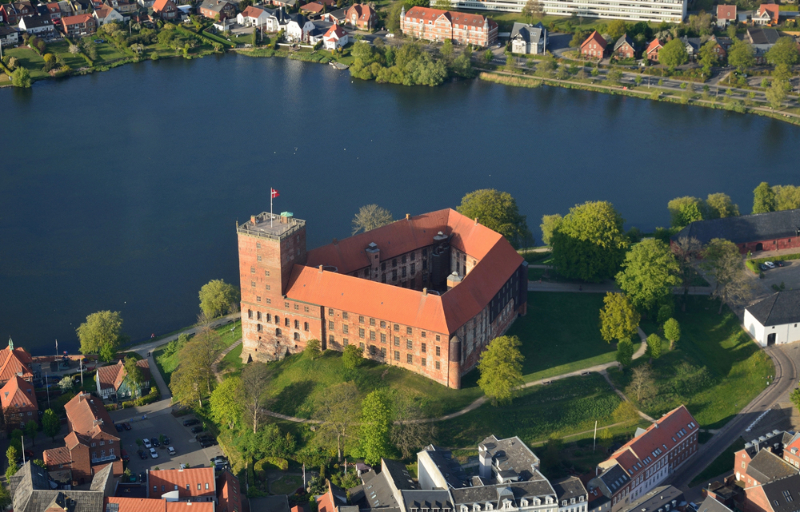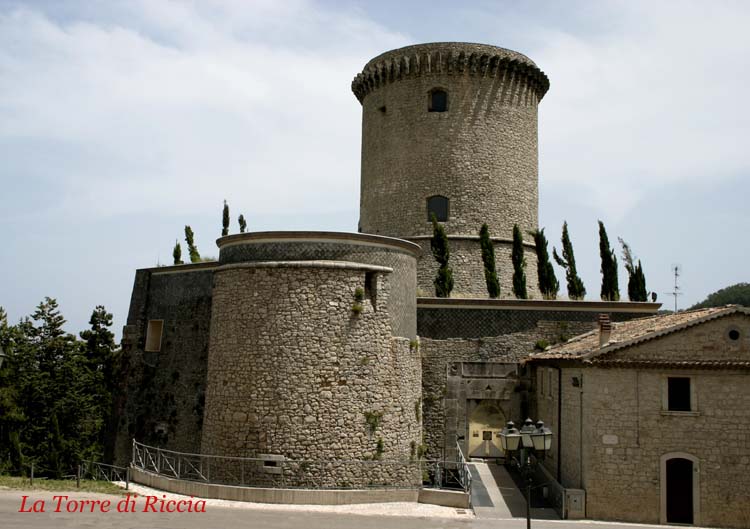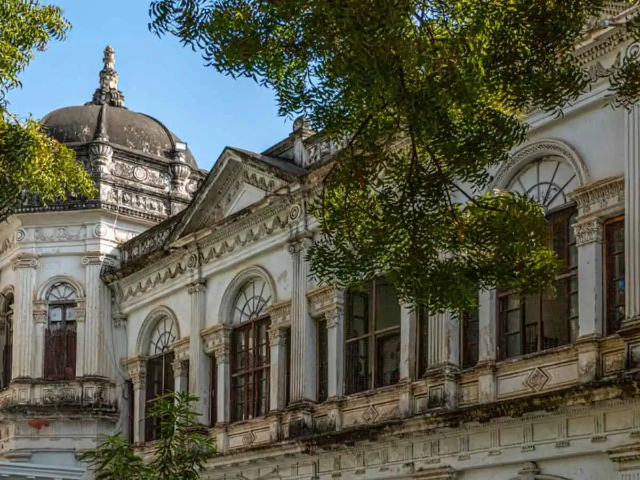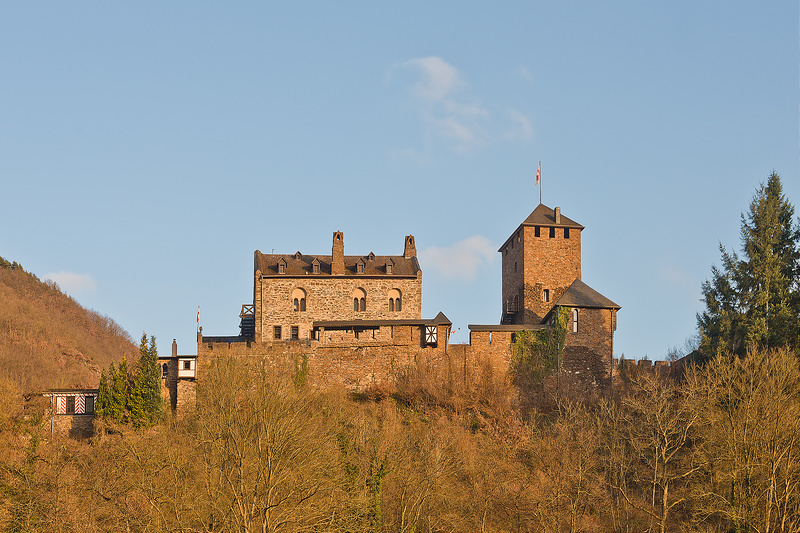The castle originates from a Carthusian monastery of the early Middle Ages, probably the first in Italy, founded by Saint Bruno himself who came from the Grande Chartreuse near Grenoble on his way to Rome: recent excavations have revealed its original foundations and a subsequent extension in the 15th century.
Only much later, at the end of the Napoleonic period, did it become part of the possessions of the House of Savoy, who bought it to make it a hunting lodge, remaining in the hands of the Royal House from 1837 to 1881, when it was sold to private owners. The castle is very present in the history of the Kingdom of Sardinia first and then of Italy: the renovation works were carried out by Carlo Alberto, but the one who made the most use of it was the first King of Italy, Vittorio Emanuele II, for whom it became the favourite residence for the historical mountain hunts on the backgrounds of the Maritime and Ligurian Alps, and for his children, a carefree place for the summer holidays of their youth under the wise and mature guidance of the eldest daughter Maria Clotilde of Savoy.
Le Roi Chasseur loved these mountains immensely, where he could live in the midst of nature for days on end, in the company of only a few trusted mountaineers and the provisions of his pack animals: his morganatic wife Rosa Vercellana (for the Piedmontese passed into history as La Béla Rosin) hunted by his side, animated by the sacred fire of Diana.
An important episode in the history of Italy is linked to Maria Clotilde and Valcasotto: it was in fact here that Vittorio Emanuele II’s eldest daughter, when she was only sixteen years old, received the news of her marriage "for Reason of State" to Girolamo Bonaparte "Plon Plon", cousin of Napoleon III Emperor of France, a marriage that sealed the alliance planned by Cavour and that paved the way for the Second War of Independence and the subsequent Unification of Italy.
Of a very religious nature and accustomed from the age of twelve to the duties and discipline of being the first woman of the Court, Maria Clotilde went to meet History with serenity and strength of mind generated by the deep devotion that her mother had left her: after a month of reflection she consented to the marriage, supported by the conviction that God’s will was to make her an instrument to obtain the greater good of the State.
At a distance of one hundred and eighty years, Maria Clotilde is recognized as one of the most beautiful figures of our Risorgimento, leaving evidence of epochal events in the History of Italy in a diary in French in which she wrote down every event of her and the castle’s daily life. This writing of hers has been of great use in the reconstruction of the life that took place at the residence and above all of the thoughts and feelings of the young princess.
